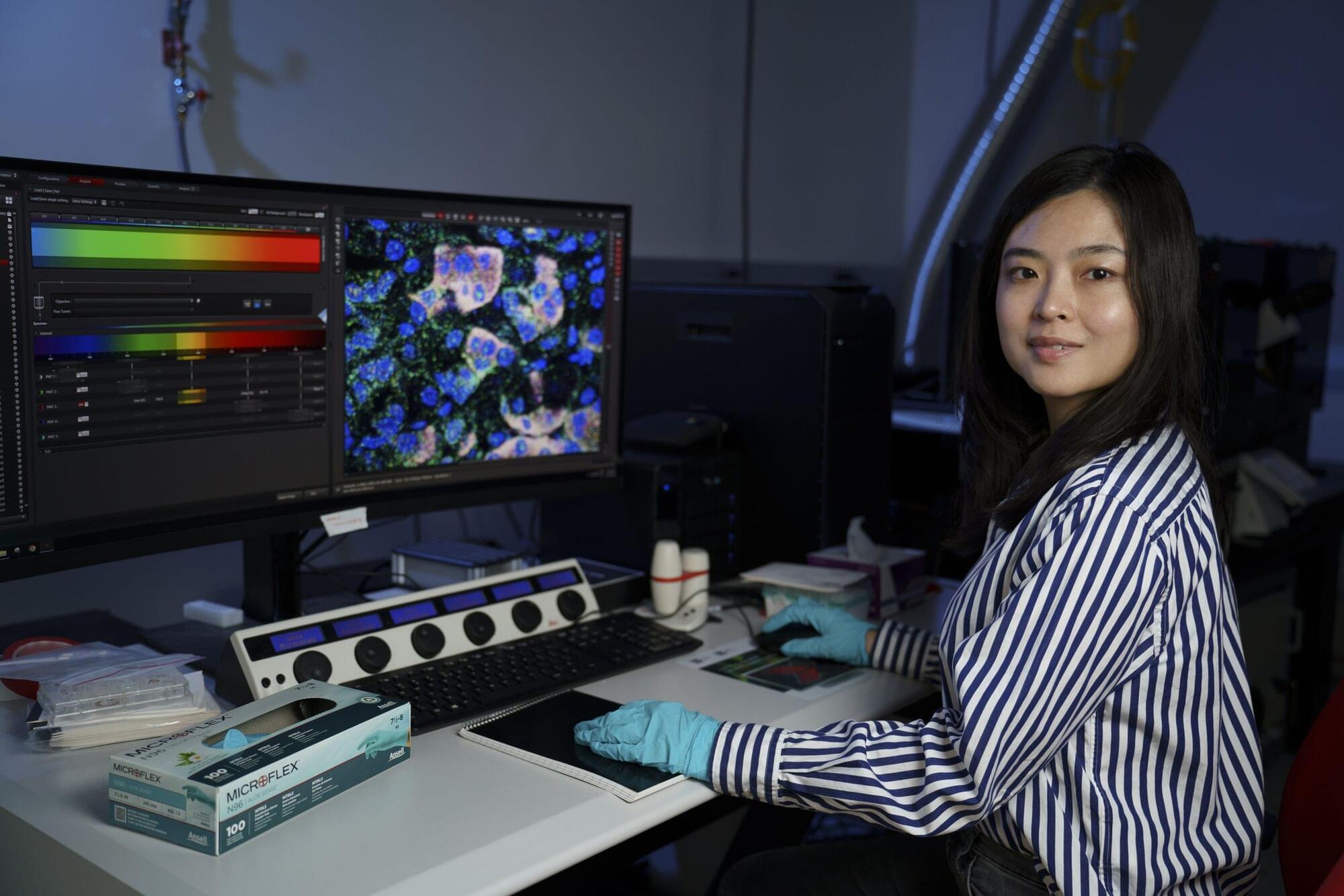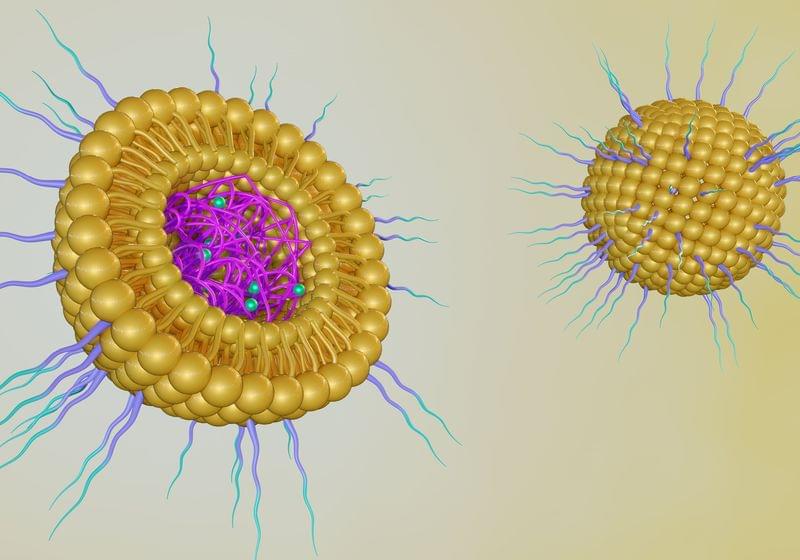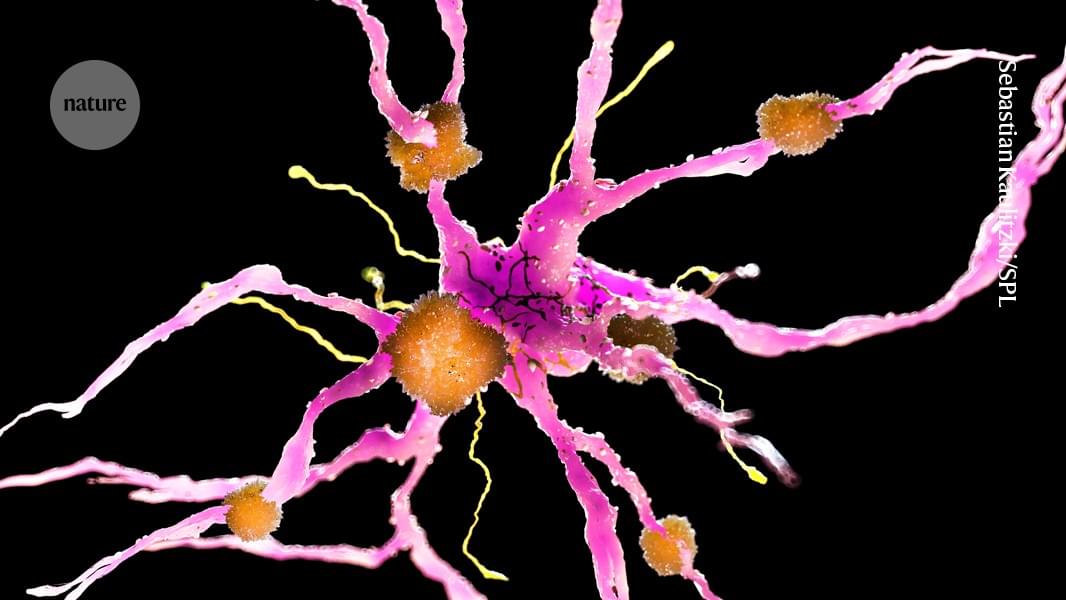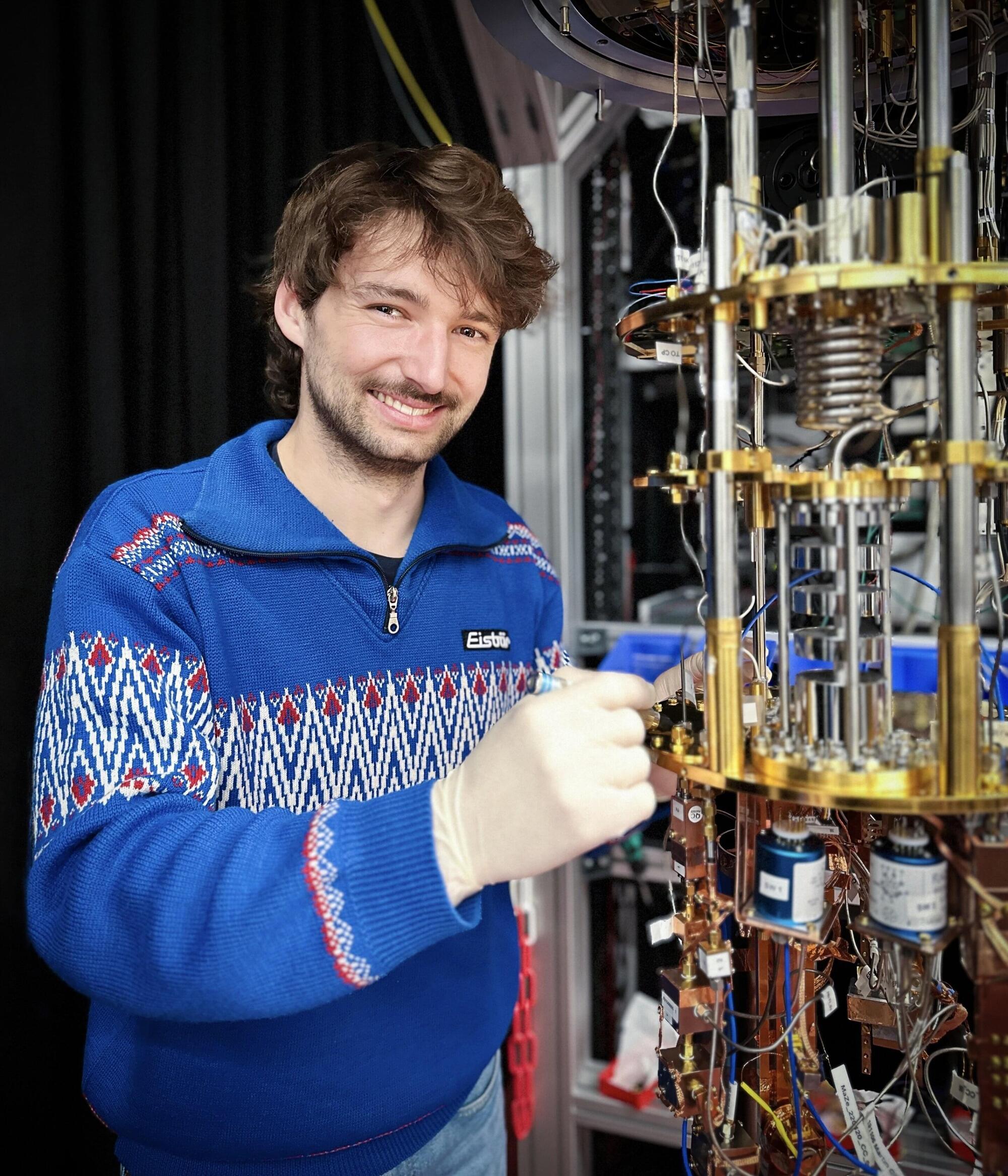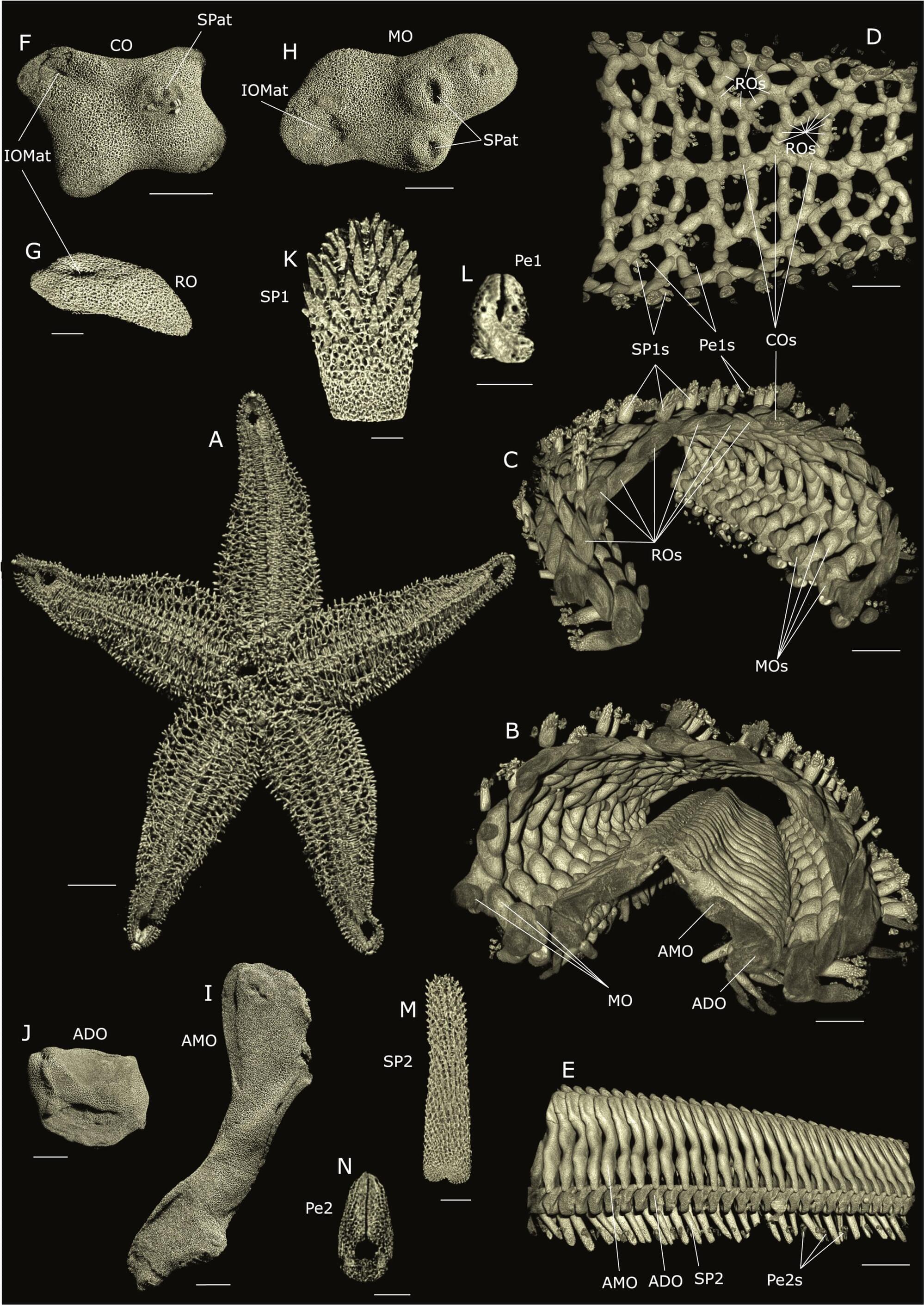Caption: “I really like to do research because every day you have a hypothesis, you have a design, and you make it happen,” says MIT Associate Professor Xiao Wang.
Hundreds of quantum computing firms around the world are racing to commercialise these once-exotic devices, but the jury is still out on who is going to pull ahead and produce a machine that actually does something useful.
Mitochondria are well known as the powerhouses of the cell. These crucial, energy generating organelles even have their own little genomes, and make their own proteins. Mutations in mitochondrial DNA (mtDNA) can cause some serious diseases, and dysfunctional mitochondria have been associated with a wide variety of health disorders. Researchers have also found links between mitochondrial defects and diabetes.
There are special cells in the pancreas known as beta cells, which is where insulin is generated. When these cells are lost due to an autoimmune attack, type 1 diabetes arises. Some studies have determined that there are abnormal mitochondria in the beta cells of some diabetes patients.
A reimagined lipid vehicle for nucleic acids could overcome the limitations of current vectors.
Researchers develop targeted polymersomes to enhance methotrexate delivery, offering a promising new approach for treating aggressive choriocarcinoma.
Study: ENT-1-Targeted Polymersomes to Enhance the Efficacy of Methotrexate in Choriocarcinoma Treatment. Image Credit: Shutterstock AI Generator / Shutterstock.com.
In a recent study published in Small Science, researchers develop targeted polymersomes loaded with methotrexate for the treatment of gestational choriocarcinoma, a rare and aggressive malignancy originating from the placenta.
Scientists identify nine genetic variants that could have helped a man to avoid dementia for at least two decades longer than expected.
Imagine a world where your thoughts aren’t confined to the boundaries of your skull, where your consciousness is intimately connected to the universe around you, and where the neurons in your brain communicate instantly across vast distances.
This isn’t science fiction — it’s the intriguing possibility suggested by applying the principle of quantum entanglement to the realm of consciousness.
Quantum entanglement, often described as the “spooky action at a distance,” is a phenomenon that baffled even Einstein. In essence, it describes a scenario where two particles become so deeply linked that they share the same fate, regardless of the distance separating them. Measuring the state of one instantly reveals the state of its partner, even if they are light-years apart.
Qubits—the fundamental units of quantum information—drive entire tech sectors. Among them, superconducting qubits could be instrumental in building a large-scale quantum computer, but they rely on electrical signals and are difficult to scale.
In a breakthrough, a team of physicists at the Institute of Science and Technology Austria (ISTA) has achieved a fully optical readout of superconducting qubits, pushing the technology beyond its current limitations. Their findings are published in Nature Physics.
Following a year-long rally, quantum computing stocks were brought to a standstill barely a few days into the International Year of Quantum Science and Technology. The reason for this sudden setback was Nvidia CEO Jensen Huang’s keynote at the CES 2025 tech trade show, where he predicted that “very useful quantum computers” were still two decades down the road.
Researchers at the Biomimetics-Innovation-Center, Hochschule Bremen—City University of Applied Sciences, have made pioneering discoveries about how mechanical stress shapes the ultrastructure of starfish skeletons. Published in Acta Biomaterialia, their study delivers the first in-depth analysis of how starfish skeletons respond to varying stress conditions, revealing new insights into the evolutionary mechanisms that drive skeletal adaptation.
While starfish are widely recognized—especially thanks to pop-culture icons like Patrick Star in SpongeBob SquarePants—their remarkable internal structure often goes unnoticed. Sharing an evolutionary lineage with vertebrates, starfish serve as powerful models for studying the development of endoskeletons.
Their skeletons consist of thousands of small, bone-like elements called ossicles, which feature a complex, porous structure strikingly similar to human and other vertebrate bones. According to lead author Raman and colleagues, these ossicles exhibit microstructural adaptations that mirror the mechanical loads they experience, demonstrating a universal principle of stress adaptation.
Despite the energy innovations of artificial intelligence newcomer DeepSeek’s models, AI power requirements as a whole are predicted to rise.
